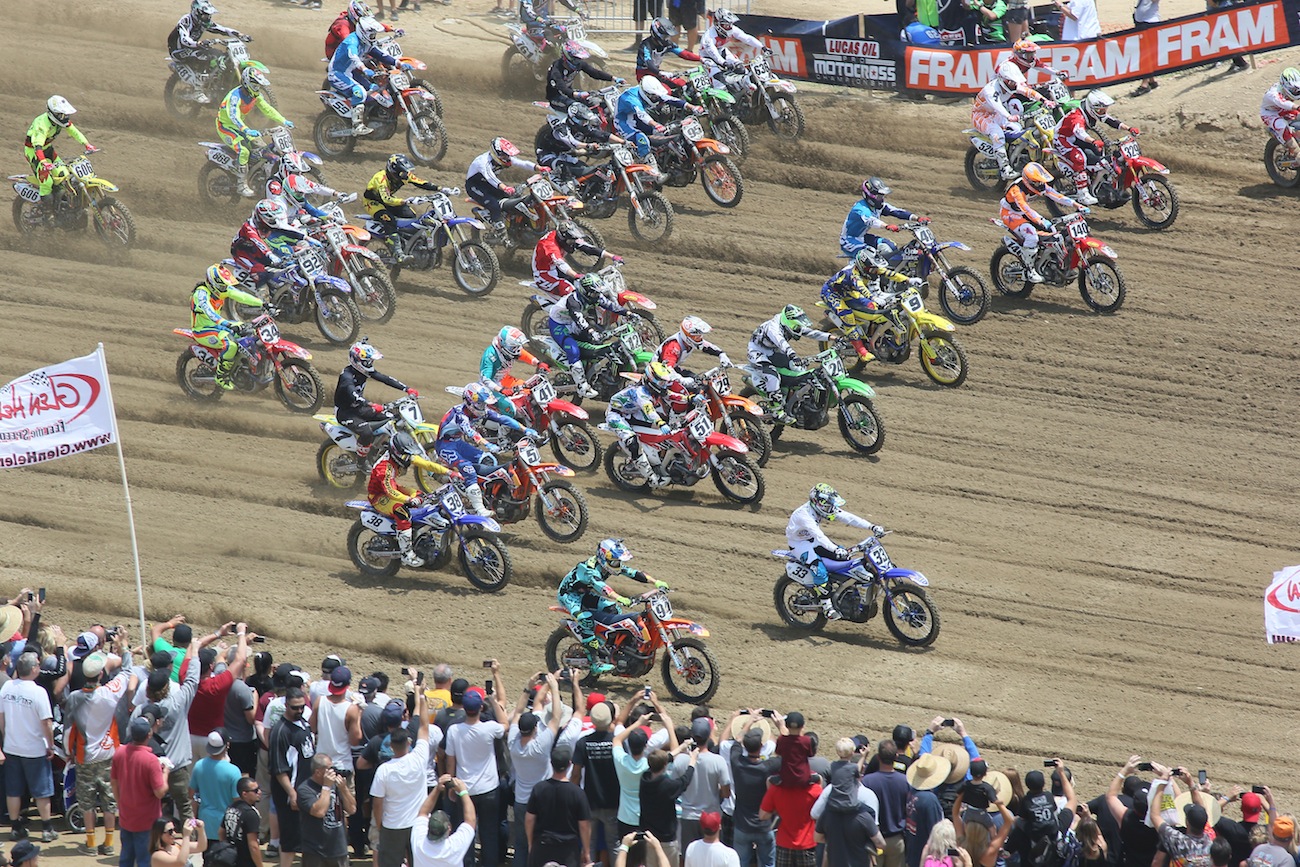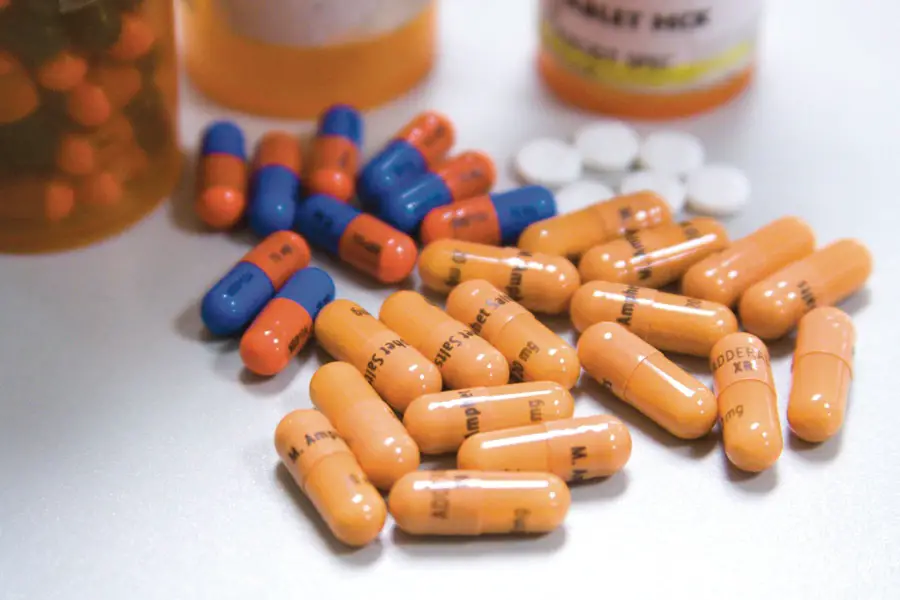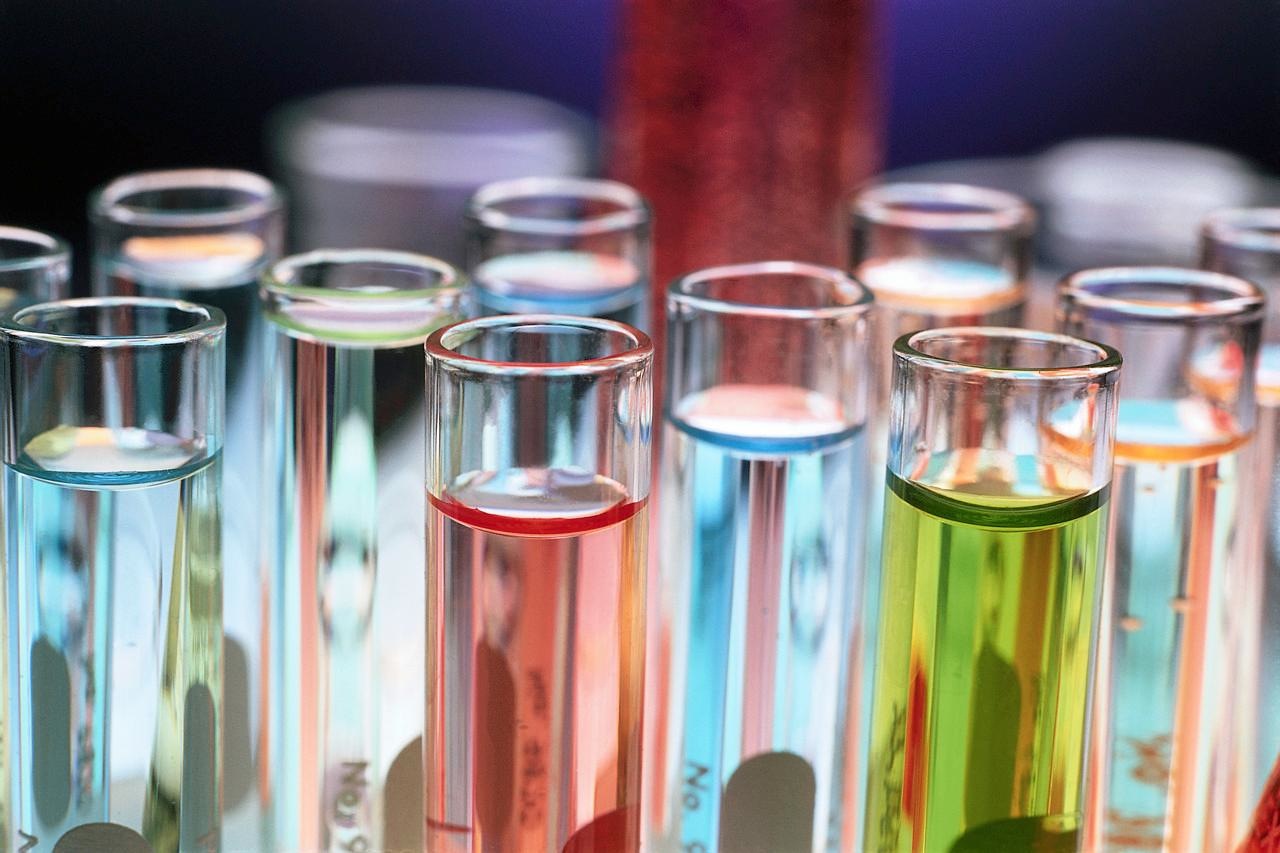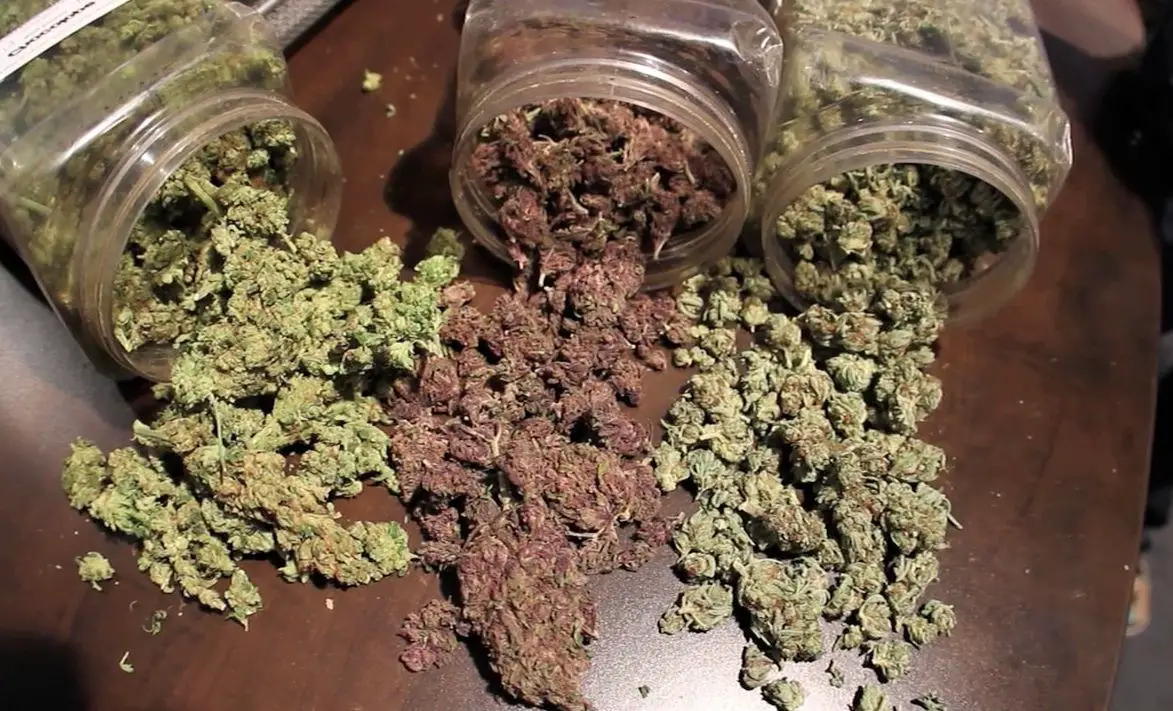LAW OF THE LAND: ANTI-DOPING RULES & BANNED SUBSTANCES
The AMA had never had to deal with riders failing a drug test —even though the Supercorss series had sporatically tested over the past few year (and the Nationals started in 2014), but when James Stewart failed a drug test during last year’s Supercross series the world exploded. Stewart is still waiting to hear his penalty (which will be decided eventually by the FIM—because Supercross is both an AMA and FIM series). You have to wonder what’s taking so long for Bubba to get an answer to the question that should hav been resolved three months ago. You might also wonder what the goal of drug test is in sports — it done to….
(1) Promote motocross as a drug-free sport;
(2) Uphold and preserve the ethics of Sport;
(3) Ensure that all athletes have an opportunity to compete equally; and
(4) Safeguard the physical health and mental integrity of our athletes.
To that end, the USADA and WADA conduct both in-competition and out-of-competition testing of Pro motocross athletes, to include both blood and urine testing. Athlete selection is based on podium finishes (top 3) plus random selection. Hence, athletes who earn a podium position will be subject to testing.
Athletes using medications or prohibited substances for medical reasons are required to obtain a Therapeutic Use Exemption (TUE) prior to use in sport—something Stewart failed to do. Athletes using dietary supplements must exercise extreme caution, as supplements are not regulated, and athletes assume the risk of testing positive and of potential, adverse health consequences if they choose to use supplements. The use of supplements is at the athlete’s own risk. Information on supplements and to determine if a specific supplement may pose a risk can also be found at the USADA website link below.
Athletes must also be cautious of some energy drinks, as they may contain stimulants that are on the WADA Prohibited List, and could cause a positive anti-doping test. Know what you are drinking – check out the link below.
The penalties for Blood Doping are severe – a two year suspension from competition. Penalties for other offenses vary depending on the violation and substance.

It’s important to note that the riders and their team mangers are responsible for reading, understanding and adhering to the banned drug rules. Go to www.mxsportsproracing.com/pages/administration/anti-doping to get link to all the info.
SUBSTANCES PROHIBITED AT ALL TIMES (BOTH IN- AND OUT-OF COMPETITION)
Anabolic Agents: Anabolic Agents are prohibited. This includes the use of prescription testosterone creams (such as Androgel) or injections, or the use of any other anabolic substance (such as DHEA in a dietary supplement). The list of anabolic agents is extensive and even if an anabolic agent is not specifically listed, it is still prohibited if it has “a similar chemical structure or similar biological effects.”
Peptide Hormones: Growth Factors, and Related Substances: This class of substances includes erythropoietin (EPO), human chorionic gonadotropin (HCG), luteinizing hormone (prohibited in males only), growth hormone, insulin-like growth factor-1 (IGF-1), corticotrophins, and a number of other growth factors. The definition of growth factors includes any “growth factor affecting muscle, tendon, or ligament protein synthesis/degradation, vascularization, energy utilization, regenerative capacity or fiber-type switching.
Beta-2 Agonists: All oral (taken by mouth and swallowed) beta-2 agonists are prohibited. Inhaled beta-2 agonists are prohibited and require a Therapeutic Use Exemption (TUE), except for albuterol (dosages under 1600 micrograms/24 hours), formoterol (dosages less than 54 micrograms/24 hours), and salmeterol (when taken according to manufacturer’s instructions). If you use more than the amounts listed in the table below, you are required to submit a TUE for use. Search GlobalDRO.comto determine if the inhaler that you are using contains a substance that requires a TUE for use in sport.
Hormone and Metabolic Modulators: In short, the following are prohibited: aromatase inhibitors, selective estrogen receptor modulators (SERMs), other substances that block estrogen effects (anti-estrogens), and agents modifying myostatin function(s), and insulin. Please consult the Prohibited List for examples of substances in each of the above classes.
DIURETICS AND OTHER MASKING AGENTS:
Masking agents: Masking agents are prohibited, including diuretics (water pills) and plasma expanders, which increase blood volume. WADA has clarified that drospirenone, pamabram, topical dorzolamide and brinzolamide, and the local administration of Felypressin for dental anesthesia are not prohibited.
Manipulation of Blood and Blood Components: Blood doping, the use of red blood cells from any source, or otherwise artificially enhancing the uptake, transport, or delivery of oxygen, is prohibited. Any type of intravenous (IV) manipulation of the blood or blood components by physical or chemical means is prohibited.
Chemical and Physical Manipulation: Tampering or attempting to tamper with a collected sample in order to affect its validity is prohibited.
Intravenous infusions: Any intravenous injection of more than 50mL per a six-hour period are prohibited except for those legitimately received in the course of hospital admissions or clinical investigations.
Gene Doping: The transfer of polymers of nucleic acids or nucleic acid analogues, or the use of normal or genetically modified cells is prohibited.
SUBSTANCES AND METHODS PROHIBITED IN-COMPETITION ONLY
Stimulants: All stimulants and their optical isomers (d, l) when they exist are prohibited, except for imidazole derivatives for topical use and those stimulants on the 2014 Monitoring Program (buproprion, caffeine, nicotine, phenylephrine, phenylpropanolamine, pipradrol, psuedoephedrine over 150 microgram/L, and synephrine).
Narcotics: Certain narcotics are prohibited in-competition: buprenorphine, dextromoramide, diamorphine (heroin), fentanyl and its derivatives, hydromorphone, methadone, morphine, oxycodone, oxymorphone, pentazocine, and pethidine (meperidine). Use of these narcotics in-competition requires an approved TUE. Opium, the latex extract of the poppy plant, contains morphine and therefore it is also prohibited. Hydrocodone, mitrgynine, tapentadol and tramadol are in the monitoring program and are not prohibited.
Cannabinoids: Natural or synthetic tetrahydrocannabinol (THC) and THC-like cannabinoids (e.g. hashish, marijuana, Spice, JWH018, HU-210) are prohibited. Athletes who choose to consume hemp products may be at risk for a positive anti-doping test, even though many of these products claim not to contain THC. While the use of medical marijuana may be decriminalized in some states, it is still illegal under Federal Law. Currently USADA will only consider TUE applications for legal, FDA-approved uses of THC, such as Dronabinol to manage some of the symptoms of AIDS, or to treat nausea and vomiting caused by cancer chemotherapy.
Glucocorticosteroids: The systemic use of glucocorticosteroids (often called “steroids” by the prescriber) is prohibited in-competition. This includes oral intake (like a Medrol Dose Pak), a systemic injection by IV or intramuscular (IM), or by rectal routes.
The Prohibited List can be downloaded at www.GlobalDRO.com.









Comments are closed.